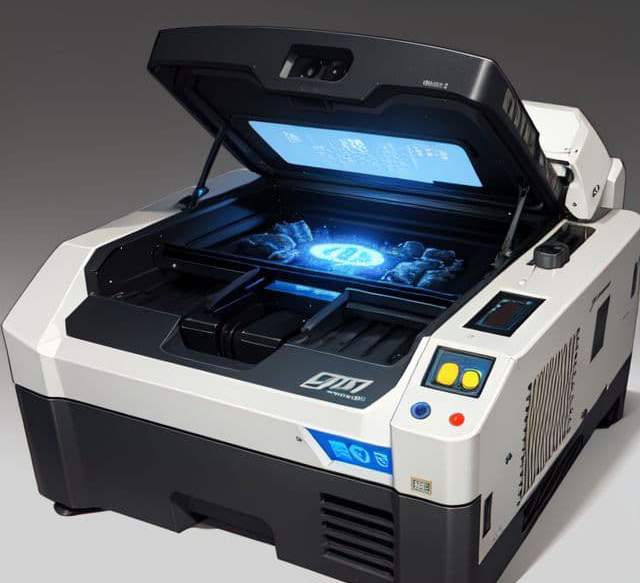how to build a laser engraving machine
How to Build a Laser Engraving Machine
Building a laser engraver machine can be a rewarding project for those interested in DIY electronics and mechanical engineering. Whether you are a hobbyist or a professional looking to customize your tools, this guide will walk you through the essential steps to create your own laser engraver machine.
Understanding the Basics of a Laser Engraver Machine
Before diving into the construction process, it’s crucial to understand what a laser engraver machine is and how it works. A laser engraver machine uses a laser beam to etch designs onto various materials such as wood, metal, plastic, and glass. The laser’s high-intensity light vaporizes the material, creating precise and intricate patterns.
Gathering the Necessary Components
Laser Module
The laser module is the heart of your laser engraver machine. Depending on your project requirements, you can choose between different types of lasers such as diode lasers, CO2 lasers, or fiber lasers. Diode lasers are commonly used for DIY projects due to their affordability and ease of use.
Frame and Structure
The frame provides the structural support for your laser engraver machine. You can use materials like aluminum extrusions or steel rods to build a sturdy frame. Ensure that the frame is stable and can withstand the vibrations generated during the engraving process.
Stepper Motors and Drivers
Stepper motors are essential for precise movement of the laser head. These motors are controlled by drivers that receive signals from the control board. Ensure that you select stepper motors with adequate torque and resolution for your engraving needs.
Control Board
The control board is the brain of your laser engraver machine. It processes the design files and sends commands to the stepper motors and laser module. Popular control boards for DIY laser engravers include Arduino, GRBL, and Smoothieboard.
Power Supply
A reliable power supply is crucial for the smooth operation of your laser engraver machine. Ensure that the power supply can handle the voltage and current requirements of the laser module, stepper motors, and control board.
Assembling the Laser Engraver Machine
Building the Frame
Start by assembling the frame using the chosen materials. Ensure that all joints are securely fastened and the frame is level. A stable frame will minimize vibrations and improve engraving accuracy.
Installing the Stepper Motors
Mount the stepper motors onto the frame and connect them to the control board using appropriate wiring. Ensure that the motors are aligned correctly to avoid any mechanical issues during operation.
Mounting the Laser Module
Attach the laser module to the movable gantry or carriage. Ensure that the laser module is securely fastened and can move freely along the X and Y axes. Proper alignment of the laser module is crucial for accurate engraving.
Connecting the Control Board
Connect the control board to the stepper motors, laser module, and power supply. Follow the wiring diagram provided by the control board manufacturer to ensure correct connections. Double-check all connections before powering on the machine.
Calibrating and Testing the Laser Engraver Machine
Software Setup
Install the necessary software to control your laser engraver machine. Popular software options include LaserGRBL, LightBurn, and Inkscape with the J Tech Photonics plugin. Configure the software settings according to your machine specifications.
Calibration
Calibrate the laser engraver machine by adjusting the stepper motor settings, laser focus, and alignment. Perform test engravings on scrap material to fine-tune the settings and ensure accurate results.
Safety Precautions
Always prioritize safety when operating a laser engraver machine. Wear appropriate safety gear such as laser safety glasses and ensure proper ventilation in the workspace. Never leave the machine unattended while it is in operation.
Conclusion
Building a laser engraver machine is a challenging yet rewarding project that allows you to create customized designs with precision. By understanding the basics, gathering the necessary components, and following the assembly and calibration steps, you can successfully build your own laser engraver machine. Remember to prioritize safety and enjoy the creative possibilities that come with your new DIY tool.